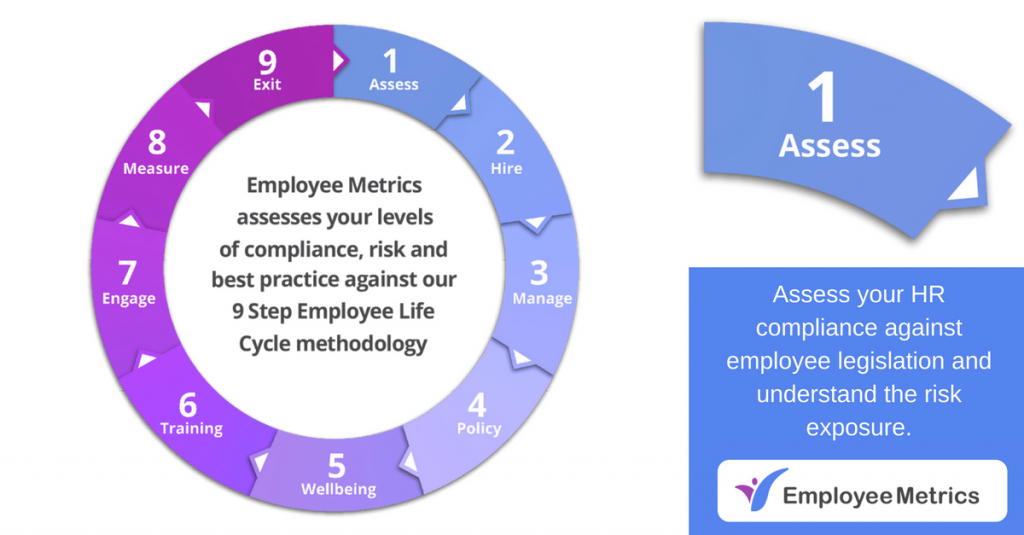The HR Compliance Role
Manage, Assess and Execute on Compliance
Human resources (HR) compliance is an essential area for organisations to properly assess and understand their performance. It is crucial to be successful in understanding your obligations based on today’s legal environment, but achieving and maintaining compliance can be an elusive goal. It is hard to maintain the right level of awareness, recognise the challenges and develop effective processes to meet them.
Conducting Scheduled HR Compliance Audits
Unfortunately, many HR functions are typically understaffed and overworked. Conducting scheduled HR compliance audits should be a part of an organisation’s overall strategy to avoid any legal liabilities. However, without the right tools and processes in place, non-compliance can and has been the basis for significant financial and reputational risk.
HR compliance should be treated as a process
The goal for compliance is clear, however the process needs structure and rigour to effectively assess organisational levels of compliance in context to the multitude of laws and regulations governing the employment relationship and employee life cycle.
The Employee Metrics 9-Step process is designed to help the HR function take a large step towards its goal of achieving and maintaining HR compliance for the overall organisation.
Step 1 Assess: Evaluate organisational compliance across the multitude of laws and regulations governing the employment relationship and the action required to manage and mitigate risk.
How does Employee Metrics help you achieve HR best practice
The Employee Metrics diagnostic platform walks you through a detailed assessment, supported by an experienced HR Consultant. It helps you assess performance and generates a detailed appraisal of your position across the 9 steps of the Employee Life Cycle. The outcome is a detailed report including recommendations and actions, which can then be prioritised into a strategic program of work that will support you in delivering HR best practice.
The HR function is a key player within the organisation’s compliance structure
The end game is to have efficient process in place to benchmark current practices against, along with clear, consistent criteria to inform best practice throughout the employee life cycle. The advantages are clear – the visibility of HR priorities to drive a compliant organisation and workforce.
For more information on the Employee Life Cycle and how Employee Metrics can assist, please see;
Step 2 Hire: Understand the employee/roles you need and source the best talent.

